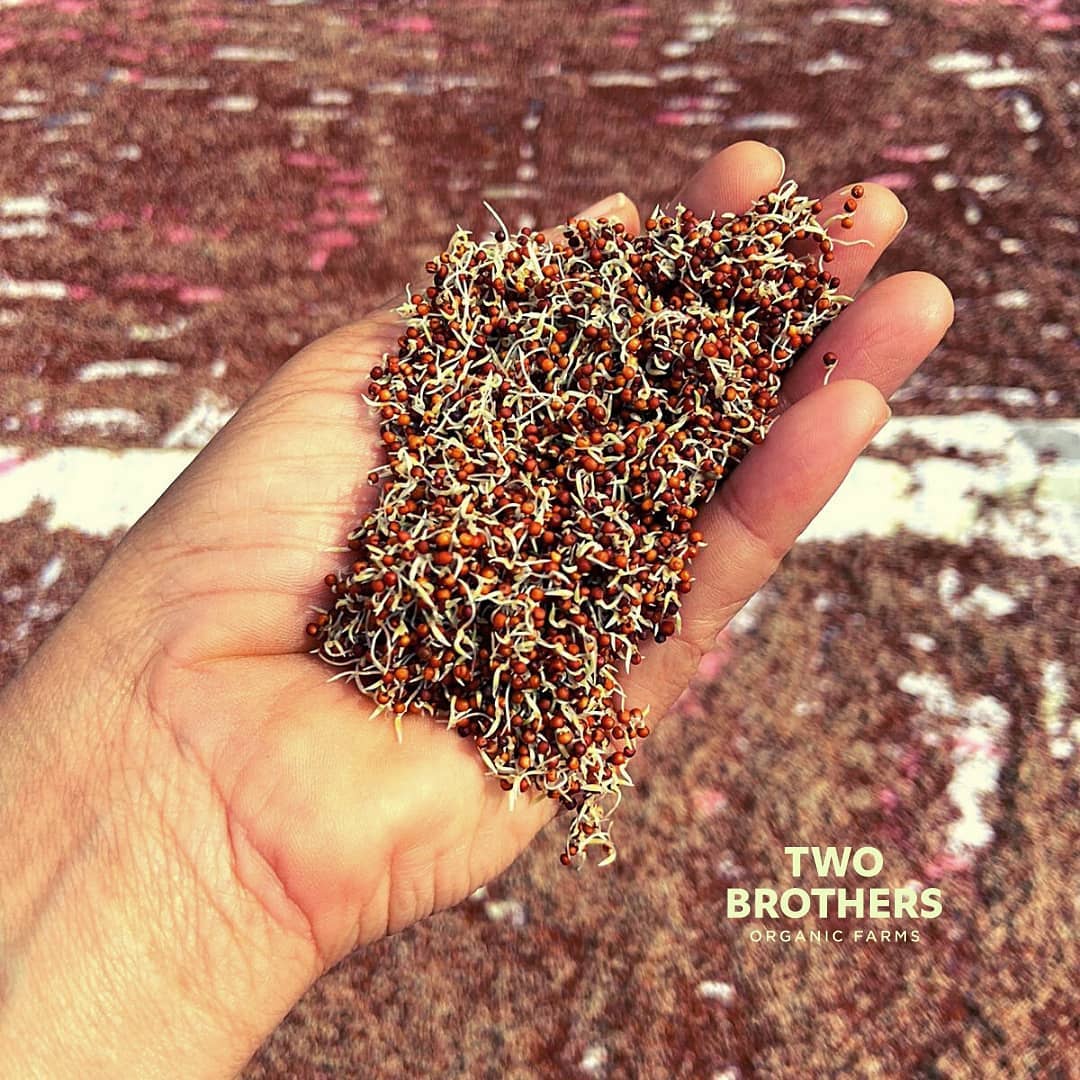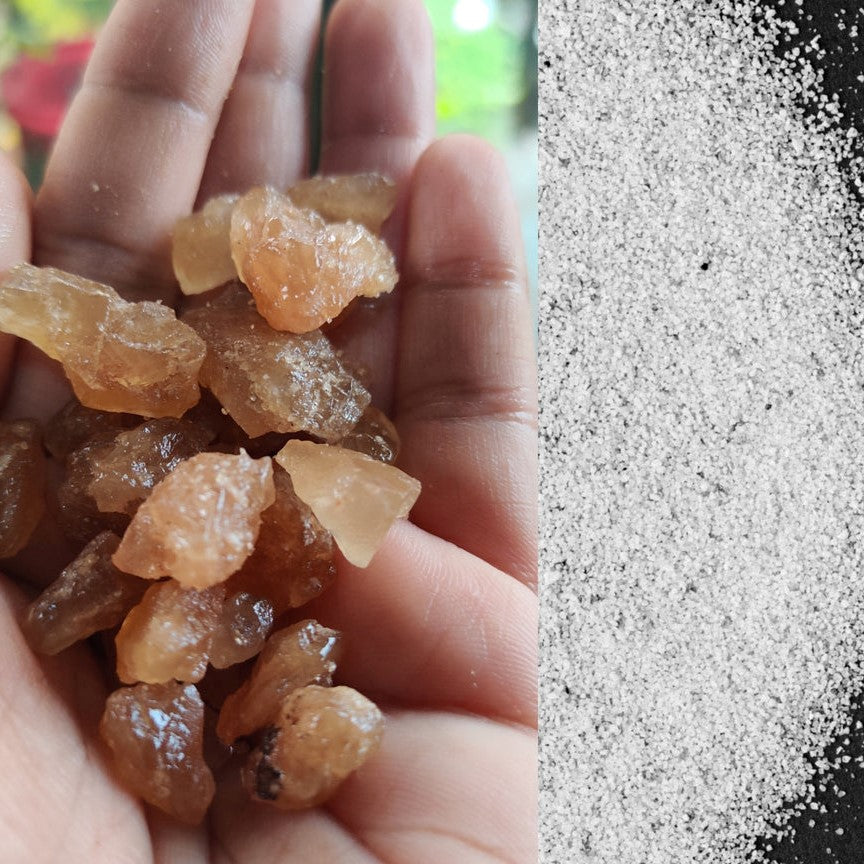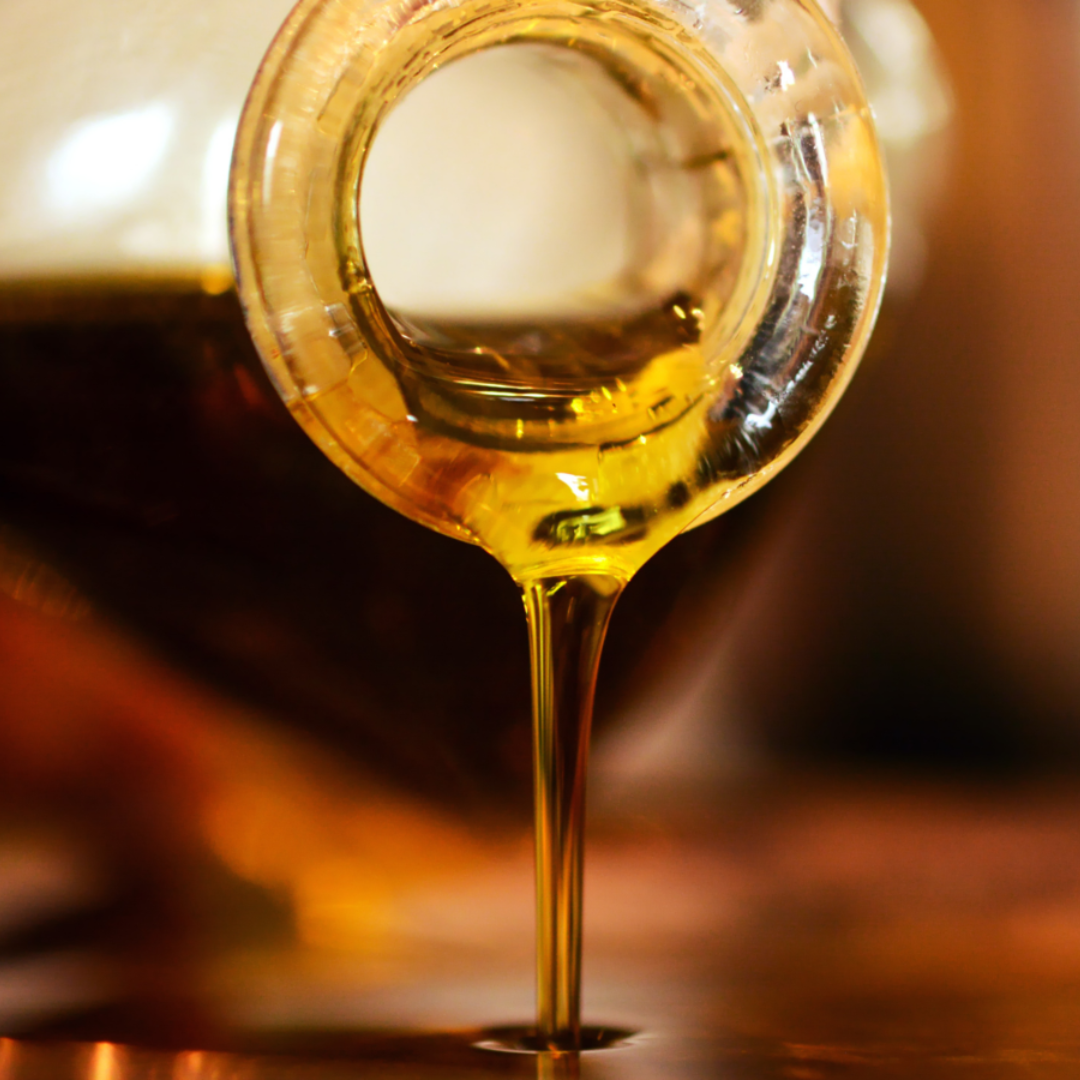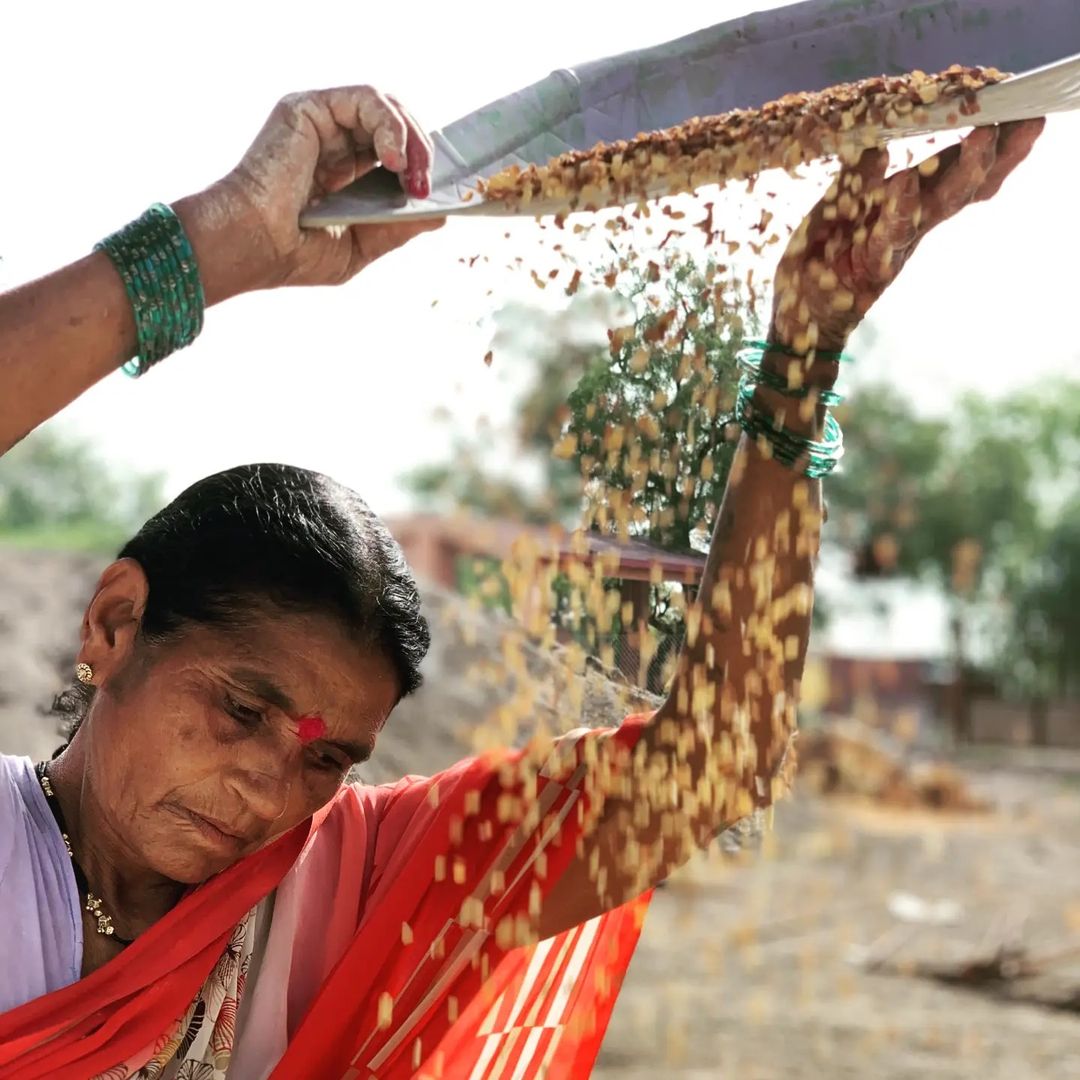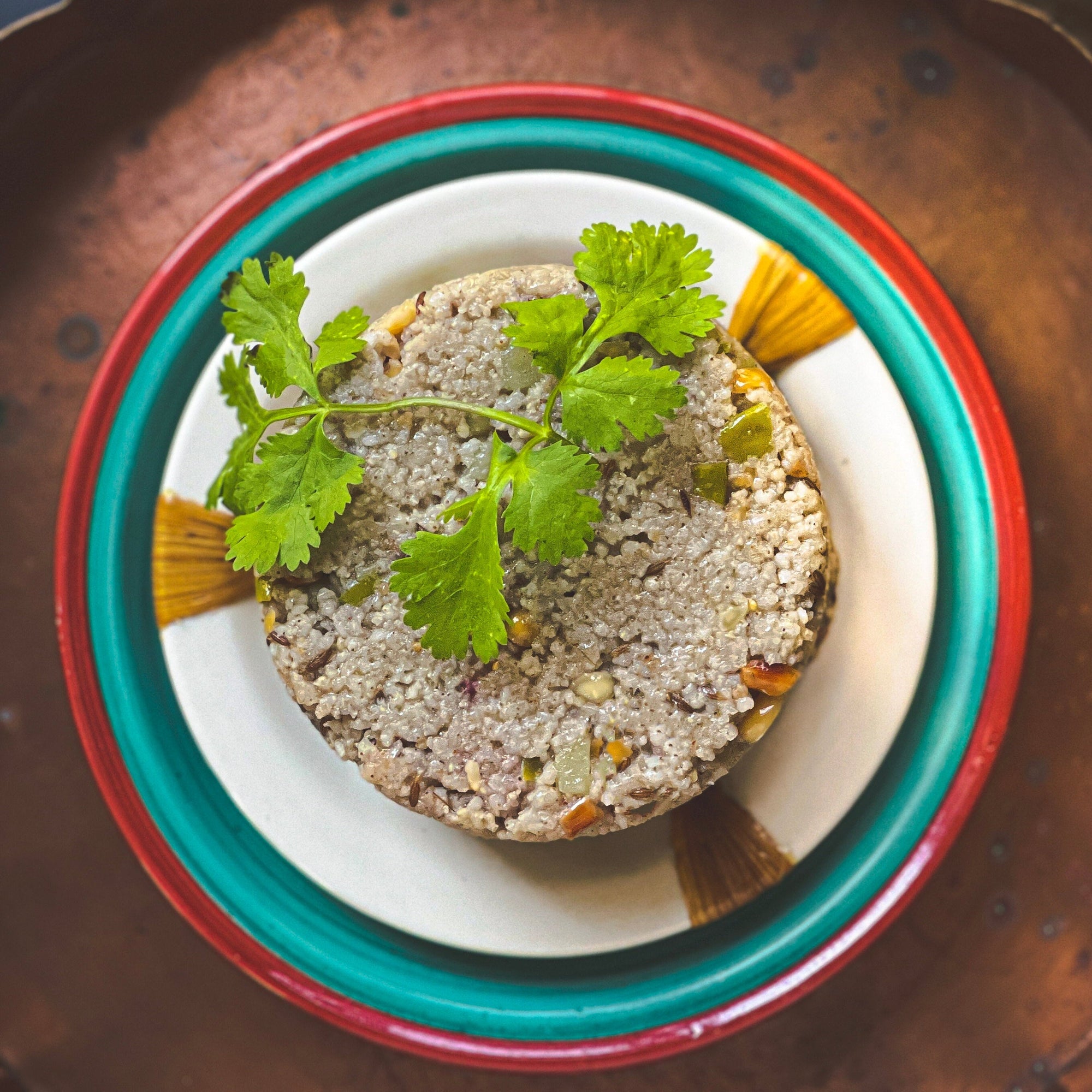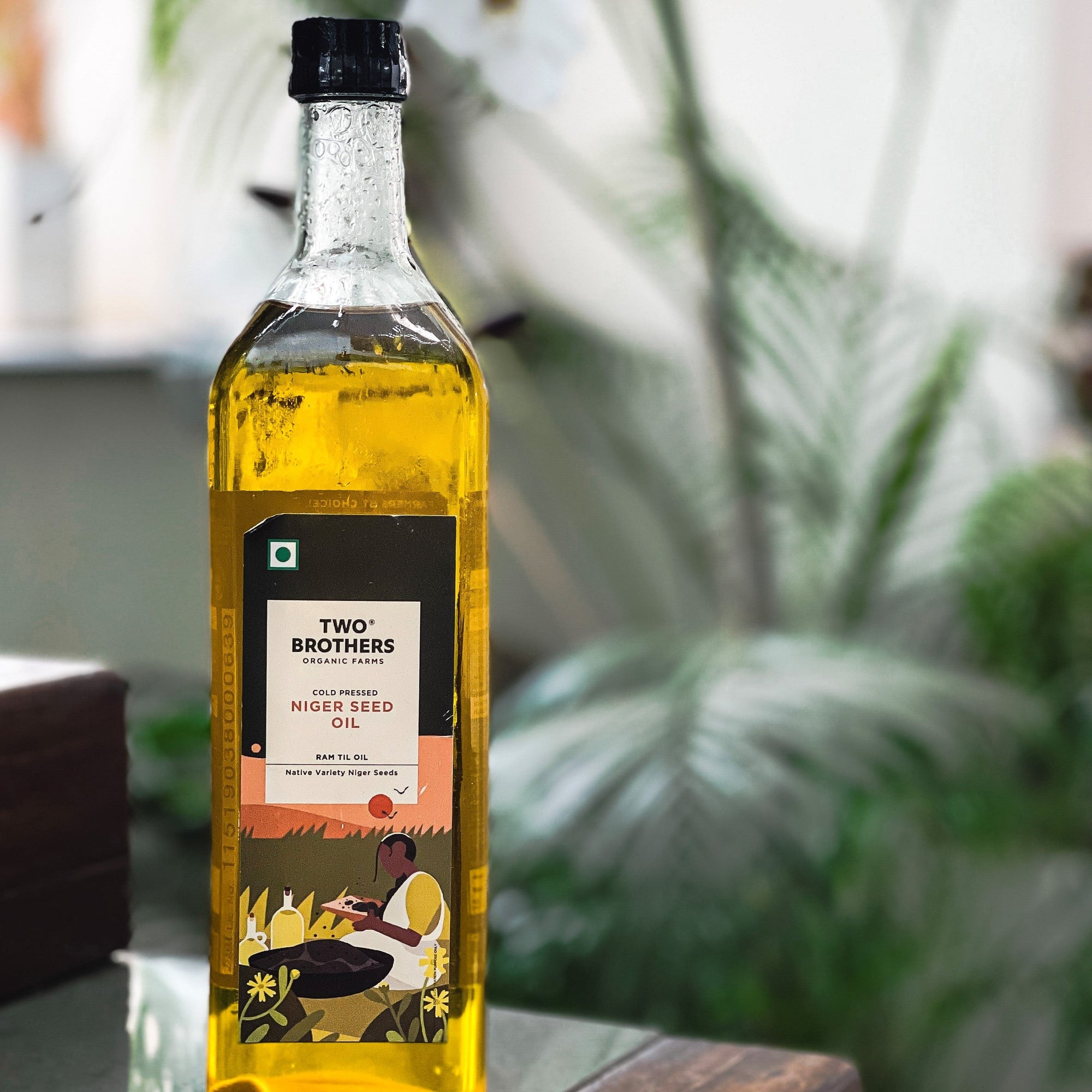Finger millet malt, or ragi malt, is becoming more and more well-known as a superfood because of its high nutritional content and plethora of health advantages. Sprouting grains and then drying them to improve their flavor and nutritional value is a process called malting. Ragi grains are germinated and then processed into flour to make ragi malt. This procedure improves the ragi's nutritional content while also facilitating its absorption and digestion.
The whole grain known as ragi, or finger millet, is frequently eaten as ragi flour. It is well-known for its health advantages and is a staple dish in many parts of India. But the malting procedure elevates ragi's nutritional value to a whole new level. The metabolic alterations that occur in the sprouted ragi grains boost their nutritious content.

Enzymes that simplify and facilitate easier digestion of complex carbohydrates are released during the sprouting process. Additionally, nutrients including vitamins, minerals, and amino acids are more readily available as a result.
To optimize the health advantages of ragi and have a more wholesome and nutritious diet, use ragi malt instead of standard ragi flour. It's simple to include ragi malt in your regular diet because it's a flexible component that works well in a variety of recipes.
The Mechanism of Malting Grain
Grain malting, a procedure that improves the nutritional value of grains like sprouted ragi (finger millet), involves a number of biochemical modifications. Enzymes are released during the sprouting of ragi grains, breaking down complex carbs into simpler sugars. This procedure improves the ragi's digestibility and increases the nutrients' availability.
The increase in amino acid content in the grains is one significant shift that happens during the malting process. Since amino acids are the building blocks of proteins, it's important for our bodies to have a healthy balance of these building blocks in our diets. Because sprouted ragi malt is very high in essential amino acids, it's a great plant-based protein source.
Apart from amino acids, malting ragi grains also raises their vitamin and mineral content. Calcium, iron, and potassium are all found in good amounts in sprouted ragi malt. These nutrients are necessary for strong bones, a robust immune system, and the healthy operation of the heart and other organs.

The Reasons for Calling Ragi Malt a Superfood
Because it may offer a wide range of vital nutrients in a single drink and has so many health benefits, ragi malt is frequently referred to as a superfood. It's a healthy drink that's packed with antioxidants, vitamins, and minerals.
The great nutritional value of ragi malt is one of the key factors making it a superfood. It is brimming with vital nutrients, including vitamins, calcium, iron, dietary fiber, and protein. The general health and wellbeing of an individual depends on these nutrients. Ragi malt is well-known for its nutritious value as well as its health advantages. It supports healthy weight loss, helps with digestion, and is good for bone health. It is also a good option for diabetics due to its low glycemic index.
People of all ages can enjoy the ultimate food, ragi malt. It is a great complement to a balanced diet because it is simple to prepare, adaptable, and full of health benefits.
Advantages of Ragi Malt for Health
Ragi malt is a great addition to your diet and has several health benefits. The following are some of the main health advantages of ragi malt:
-
Weight loss: Ragi malt is an excellent option for weight loss because of its high fiber content and low calorie content. It helps you control your weight by decreasing hunger cravings and prolonging the sense of fullness.
-
Digestive health: Ragi malt's high fiber content encourages a healthy digestive system and guards against constipation. It also supports the preservation of a balanced gut microbiota.
-
Flat stomach: Ragi malt has been shown to enhance digestion and lessen bloating, which can lead to a flatter stomach and better digestive health in general.
The Method Used to Make Ragi Malt
Ragi malt is made by following a set of procedures that turn raw ragi grains into a tasty and nutritious beverage. Here is a quick, step-by-step tutorial to get you started if you want to create ragi malt at home:
-
To begin, soak one cup of ragi flour in water for a minimum of twenty to forty hours.
-
After the soaking time, pour out the water and transfer the ragi flour onto a tray or piece of clean cloth.
-
To let the ragi grow, place the cloth or tray in a warm, dry location for the next 24 hours.
-
After the ragi sprouts, let it dry entirely in the sun for a few hours.
-
Using a blender or stone grinder, crush the dried ragi sprouts into a fine powder.
-
To produce ragi malt, combine one cup of water and two tablespoons of ragi malt powder. Cook over low heat until the mixture thickens.
-
Include flavorings such as cardamom powder and your preferred sweetener, such as honey or jaggery powder.
-
Add some more flavor and nutrients by garnishing with dry fruits like cashews or almonds.

Advice for Crafting the Ideal Ragi Malt
To help you perfect your ragi malt, consider the following advice:
If you would want your ragi malt to have more flavor, add a small teaspoon of cardamom powder.
- As a natural sweetener, use honey or jaggery powder in place of refined sugar.
- You can dilute your ragi malt with a small bit of coconut milk to give it a creamier texture.
- Try varying the flavorings you use in your ragi malt, such as nutmeg or cinnamon.
- For extra flavor and nutrients, sprinkle almonds, cashews, or raisins over your ragi malt.
Customary Applications of Ragi Malt Worldwide
Apart from its customary application in South India, ragi malt finds application in numerous different cultures across the globe. Here are a few customary applications for ragi malt:
-
Ragi dosa: In South India, ragi malt is a favorite morning meal. Ragi malt batter is fermented and then cooked on a hot griddle to make ragi dosa. It comes with sambar or chutney on the side.
-
Ragi mudde: A typical Karnataka dish, ragi mudde is made with ragi malt. Cooking ragi flour in water until it takes on the consistency of dough is how these dumplings are created. Sambar or a hot curry are typically served with ragi mudde.
-
Curry leaves: To improve the flavor and aroma of ragi malt meals, curry leaves are sometimes used. They are frequently used as an ingredient in Indian cookery and are well-known for their therapeutic qualities.

Contemporary Adjustments and Recipes
Ragi malt has been modified into contemporary recipes in addition to its conventional applications to accommodate a variety of palates and preferences. Here are a few well-liked contemporary ragi malt recipes and adaptations:
-
Ragi Java: A sweetener and flavorings like cardamom or cinnamon are added to boiling ragi malt powder with water to create this wholesome and nourishing beverage. It's a common breakfast choice in a lot of homes.
-
Ragi Kanji: A flavorful porridge prepared by simmering ragi malt with water, then incorporating veggies and spices. This filling dish is frequently eaten as a light supper or during fasting periods.
-
Similar dishes: Bread, pancakes, cookies, and smoothies are just a few of the dishes that call for ragi malt. Its a versatile component in the kitchen because of its distinct flavor and nutritional advantages.
Recipes for Breakfast, Lunch, and Dinner using Ragi Malt
There are several recipes for breakfast, lunch, and dinner that call for ragi malt. Here are some suggestions for ragi malt incorporation into your dishes:
-
Ragi Malt Pancakes: Blend together 1 cup of water and 2 tablespoons of ragi flour to a smooth batter. Ragi malt pancakes are a tasty and nutritious breakfast option. Cook the batter on a hot griddle.
-
Ragi Malt Porridge: Heat 1 cup of water and 2 tablespoons of ragi malt together over low heat until the mixture thickens. Make your own healthful and satisfying breakfast porridge by adding your own flavorings, sweetener, and toppings, such as nuts or dried fruits.
-
Ragi Malt Bread: To produce a wholesome and delectable loaf of bread, replace ordinary flour in your favorite bread recipe with ragi malt. Savor it with your preferred spreads or toppings for lunch or dinner.
You may increase the diversity and nutritional value of your meals by experimenting with different ragi malt recipes throughout the day.
Dispelling Myths About Ragi Malt
It is necessary to dispel a few widespread misunderstandings and fallacies about ragi malt. The following are a few prevalent myths along with their corresponding truths:
Myth: Ragi malt causes weight gain since it contains a lot of calories.
Fact: Ragi malt is an excellent choice for weight reduction and weight control because it is low in calories and high in fiber.
Myth: Ragi malt can lead to stomach problems and is tough to digest.
Fact: Ragi's digestibility is improved and its nutritional absorption is facilitated by the malting process. Most people are able to endure it rather well.
Myth: Ragi malt has no flavor and is unappealing.
Fact: You can improve the distinct, nutty flavor of ragi malt by adding flavorings and sweeteners. It is a flexible component that works well in a range of dishes.
Conclusion:
Among its many health advantages, ragi malt stands out as a nutritious powerhouse. Knowing how grains are malted helps to explain why ragi malt is regarded as a superfood. You may take advantage of this nutritious drink's benefits, which include better weight management, assistance for diabetics, and improved digestive health, by creatively incorporating it into your diet.
Ragi malt is a flexible and appealing beverage due to its traditional and modern adaptations in many cultures. Dispelling the myths around this superfood exposes its benefits, which have been scientifically verified, making it a worthwhile addition to a regular diet. Accept the benefits of ragi malt as a healthy and nutritious food option.
Frequently Asked Questions
How Is Ragi Malt Distinctive From Other Malts?
Ragi malt is distinguished from other malts by its special qualities and advantages. Ragi malt is prepared from sprouted ragi (finger millet) grains, which increases its nutritious value in contrast to other malts. Ragi malt is a wholesome and nutritious option due to its high fiber, protein, and mineral content.
Can You Eat Ragi Malt Every Day?
As part of a healthy diet, ragi malt can be taken on a regular basis. It is appropriate for frequent consumption due to its strong nutritional value and health advantages. But as with anything, it's crucial to pay attention to your body's signals and only eat ragi malt in moderation.
How Does Ragi Malt Help Young People and the Elderly?
Ragi malt has a number of advantages for young people and the elderly. This nutrient-dense beverage can assist in supplying developing kids with the nutrients they need. Ragi malt improves bone and muscular health, necessary nutrients, and healthy aging in older adults.
Is There Any Risk Associated with Eating Ragi Malt?
Ragi malt has no significant adverse effects and is typically safe to consume. Nonetheless, some people could be sensitive to specific grains or allergic to ragi. If you have any allergies or dietary restrictions, it is always advisable to speak with a healthcare provider.

